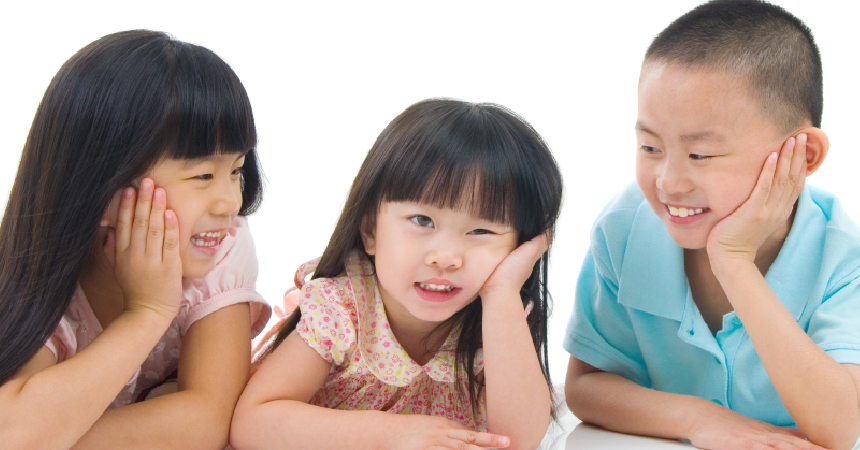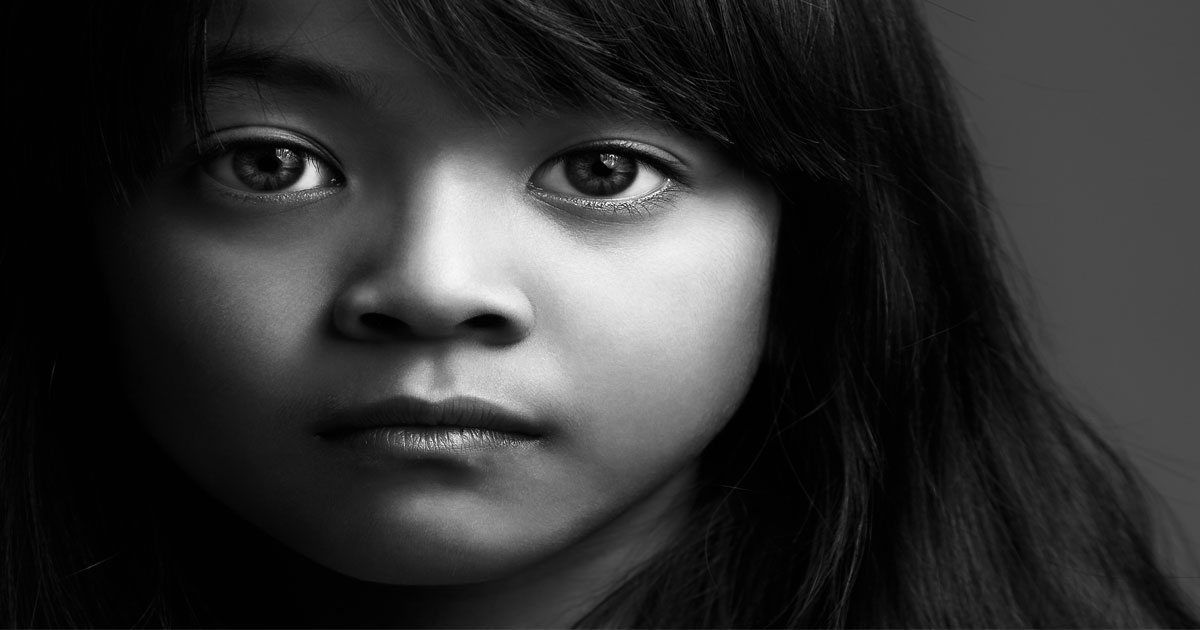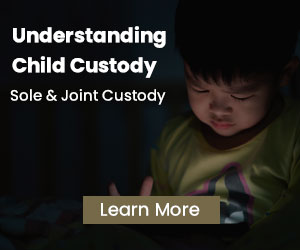Today’s parents may find it hard to teach their children how to resolve conflicts without fighting because they are unable to do so themselves. The problems seem to stem from the need of these parents to “fight” in their workplace so that they can be heard and be taken seriously. In an ironic turn of events, these unhealthy practices are brought home and parents themselves, begin to resolve conflicts at home through fighting, shouting and other forms of undesirable methods.
As parents, we are guilty of the same problems and we seek help from other parents who have gone through it. Here’s what we have learned.
Teach your children that it is ok to have a disagreement
All human beings crave companionship. It is the same at home, at the workplace, in school or even at the playground. It is important to teach your children that it is ok to have a disagreement without having to destroy the relationship with the other person. It is crucial for your children to know that the friendships that they have forged remain intact even when they have a disagreement with some of their friends. When your children understand that, they will not develop a “fight or flight” mentality when they have an argument, reducing the need to resolve any conflict through fighting or shouting.
Teach your children to distinguish between actions and persons
Your children may not be able to distinguish between less than desirable actions and persons yet, so make sure that you help them with the distinction. If your children come home and start complaining about what their friends did, listen to each grievance and point out the action that caused the unhappiness. For example, our 3-year-old is often upset with her friend, Ashlyn, because Ashlyn did not like to share her toys. When our 3-year-old complains, we respond with, “We know that you are upset because Ashlyn did not share her toys with you, but she is still your best friend, isn’t she?” By placing the emphasis on the action, your children understand that their friends stay the same.
Teach your children to have a growth mindset
A growth mindset develops when you constantly encourage your children to distinguish between actions and persons. Your children will learn that their friends’ actions do not define who they are. By linking the unhappiness to the actions instead of the person, your children will understand that having a small disagreement now and then does not mean that their friends are mean or having a less than desirable character. To drive home the point, you can demonstrate it yourself when you have a chance. If your child is being disruptive, saying “Banging the table with your toy is disruptive” instead of “You are being disruptive!” distinguishes the action (banging the table) and the person (your child).
Teach your children about teamwork and the multiple ways to achieve the same goal
We often hear the word “teamwork” in our workplace. It is an important attribute and one which we need to instil in our children. It is, therefore, necessary for parents to remind the children that the family is always on the same team. By telling them to stop disruptive behaviours because the whole family wants to spend time together, the children understand that it is a common goal for the family. It is equally necessary to teach young children that there are many ways to achieve a common goal. For example, everyone wants to learn new things and play new games at the child care centre. However, some of their friends at school may prefer to do that solo instead of being in a group. Teaching your children to understand the different preferences in achieving the same goals help them to understand that not everyone agrees with their ways of doing things.
Teach your children how to express their feelings in words
Oftentimes, we get angry with our friends or family because we do not put them on the same team as us; hence, we think that they are out to harm us or outdo us. Our children experience the same thing, and being younger, they may not recognise it. It is thus, our job, to help them understand. The easiest way to do it is to help them verbalise the emotions into words. When you see anger coming, hold their hands or place a hand on their shoulders and ask them what they are feeling. The touch helped to keep them grounded and secure while the question will help express the feelings. If your children have difficulties with the words, teach them by saying, “I think you are getting angry/upset/frustrated.” By teaching them the necessary words for verbalising anger, you help them to find a better avenue to vent their frustration.
Teach your children to resolve conflict through talk
Once your children have the ability to do the above 5 items, they will already be more willing to remain calm in the face of conflicts. It is less likely for your children to lash out, shout, or fight in the face of conflicts. It is the best time to teach your children how to resolve unhappiness through talk. Teach them to speak with their friends about their unhappiness and to come to a compromise with the other person so that they can work things out amicably. Demonstrate this by speaking with them calmly whenever they have upset you. Instead of screaming at them, talk to them in a calm manner and agree to a compromise so that everyone at home can be happy.













